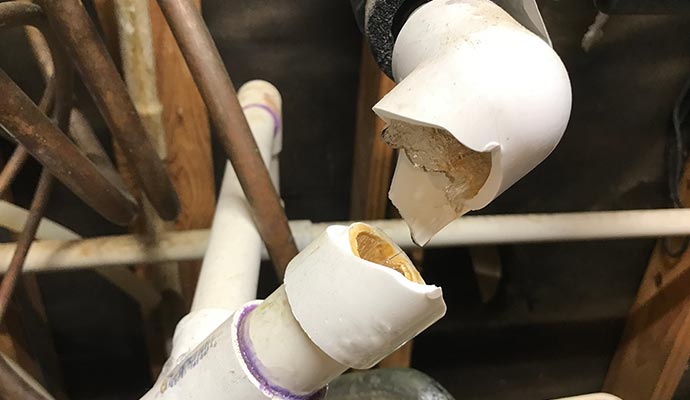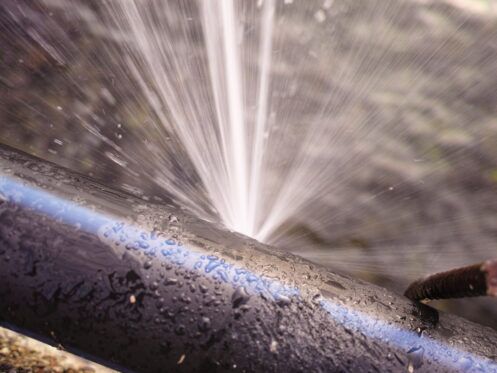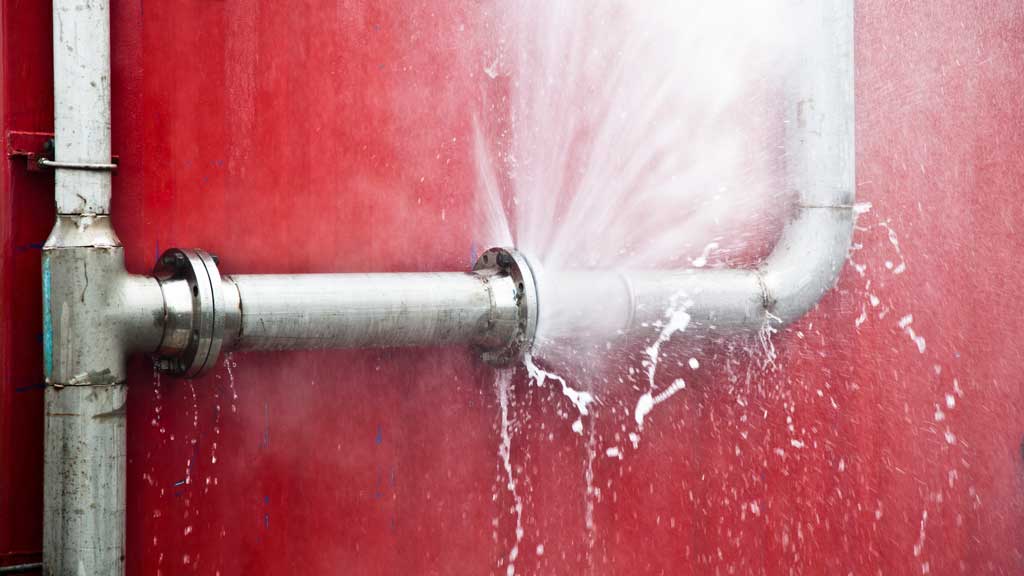How to Handle a Burst Pipe: Essential Steps for Immediate Action
How to Handle a Burst Pipe: Essential Steps for Immediate Action
Blog Article
Stopping Burst Water Lines: Vital Tips to Shield Your Plumbing
Protecting against burst pipelines is an important issue for house owners, especially throughout chillier months when the threat of cold is enhanced. Executing critical procedures such as correct insulation, regular evaluations, and preserving constant interior temperatures can substantially minimize the likelihood of pipe failing.
Understand Pipeline Vulnerabilities
Comprehending pipeline vulnerabilities is vital for reliable pipes upkeep and preventing expensive damage. Several aspects add to the susceptibility of pipelines to bursts, including product structure, age, and environmental conditions. Older pipelines, especially those made from galvanized steel or polybutylene, commonly degrade gradually, bring about increased risk of leaks and ruptures.
Temperature level fluctuations can additionally considerably impact pipe stability. In colder climates, water entraped in pipelines can ice up, broadening and putting in stress on the pipe wall surfaces, which may ultimately lead to a ruptured. High water stress can strain pipes, particularly at joints and bends, increasing the likelihood of failure.

Insulate Pipes Properly
Proper insulation of pipes is essential for avoiding freezing and subsequent ruptureds during winter (burst pipe). Protecting your pipes system effectively safeguards versus temperature goes down that can cause costly damage. Begin by identifying susceptible areas where pipes are exposed to outside temperature levels, such as cellars, attics, and exterior wall surfaces
Use foam pipeline insulation sleeves or cover insulation tape around these locations to give a safety barrier. Guarantee that all areas of the pipes, especially those with minimal heat exposure, get sufficient insulation. Pay special attention to joints and installations, as these are extra susceptible to cold.
When shielding, it's important to choose products that satisfy local building regulations and are proper for the details setting. For circumstances, fiberglass insulation is commonly recommended for its thermal resistance residential properties - burst pipe. Additionally, consider utilizing warm cables or tape in extreme conditions, which can be connected in to offer supplementary heat
Frequently evaluate shielded pipes for any type of signs of wear or damage, as jeopardized insulation can diminish its performance. By taking these aggressive steps, you significantly reduce the risk of pipe ruptureds, making certain a trustworthy pipes system throughout the winter season months.
Maintain Regular Temperature
A secure interior temperature level is crucial for avoiding ruptured pipes throughout the cold months. When temperature levels decrease, water within pipes can freeze, broadening and producing stress that may ultimately trigger the pipes to burst.Utilizing a programmable thermostat can assist handle indoor temperature levels successfully, making certain that spaces with pipes continue to be cozy also when the residence is unoccupied.
Furthermore, it is prudent to permit faucets to drip somewhat throughout severe cool spells. This minor flow of water can avoid cold by minimizing pressure within the pipelines. Additionally, throughout particularly extreme weather occasions, think about briefly putting on hold any nighttime setbacks on my latest blog post your thermostat to preserve a steady warm environment. By implementing these strategies, property owners can considerably lower the risk of pipeline ruptureds and secure their pipes systems against the harsh winter elements.
Regularly Evaluate Plumbing
Routine assessments of pipes systems are important for preventing ruptured pipelines and keeping overall home stability. During these examinations, it is essential to examine noticeable pipelines for signs of deterioration, leaks, or wear.
Furthermore, examining joints and links is vital, as these factors are commonly prone to leakages. Home owners ought to additionally analyze water pressure levels, as extreme pressure can stress the plumbing system and raise the threat of pipeline bursts.
Take into consideration scheduling professional pipes evaluations at the very least when a year, particularly before wintertime, to ensure your system is prepared for cooler temperatures. Routine examinations not just assist in determining instant problems but additionally foster long-term maintenance techniques that can improve the life expectancy of your plumbing system. By being aggressive in your technique, you can protect your home versus the costly and disruptive repercussions of ruptured pipes. Focusing on plumbing inspections is an investment in your house's health and wellness.
Know Emergency Procedures
Recognizing emergency situation procedures is essential for every house owner, specifically after important link performing routine pipes inspections. Being prepared for a pipes emergency situation can significantly minimize damages and save prices.
Next, keep essential tools convenient. A pipes emergency situation set ought to consist of a wrench, bettor, and towels, along with a flashlight and a container for little leaks. Additionally, think about having the contact details for a relied on plumbing technician easily available, should the circumstance escalate past your control.
If you discover a leak or ruptured pipe, promptly transform off the supply of water and notify your plumbing technician. Document the damage with photographs for insurance objectives. Understand the indications of potential pipes problems, such as unusual water pressure variations or damp areas on walls
Eventually, proactive expertise and speedy activity are vital in handling pipes emergency situations, guaranteeing your home continues to be secured and minimizing possible damages.

Conclusion
To conclude, stopping burst pipelines necessitates a complex strategy that consists of understanding pipe susceptabilities, proper insulation, keeping consistent indoor temperatures, routine examinations, and expertise of emergency situation procedures. By executing these important approaches, the risk of plumbing failings can be dramatically lowered, consequently making sure the durability and performance of the plumbing system. Positive procedures not only guard against potential damage but also add to total water preservation and the defense of home.
In chillier climates, water entraped in pipes my sources can ice up, putting in and expanding pressure on the pipe wall surfaces, which might inevitably lead to a ruptured. When temperatures drop, water within pipes can ice up, increasing and producing stress that might inevitably cause the pipelines to burst. By carrying out these approaches, property owners can considerably lower the danger of pipeline bursts and guard their pipes systems versus the harsh wintertime components.

Report this page